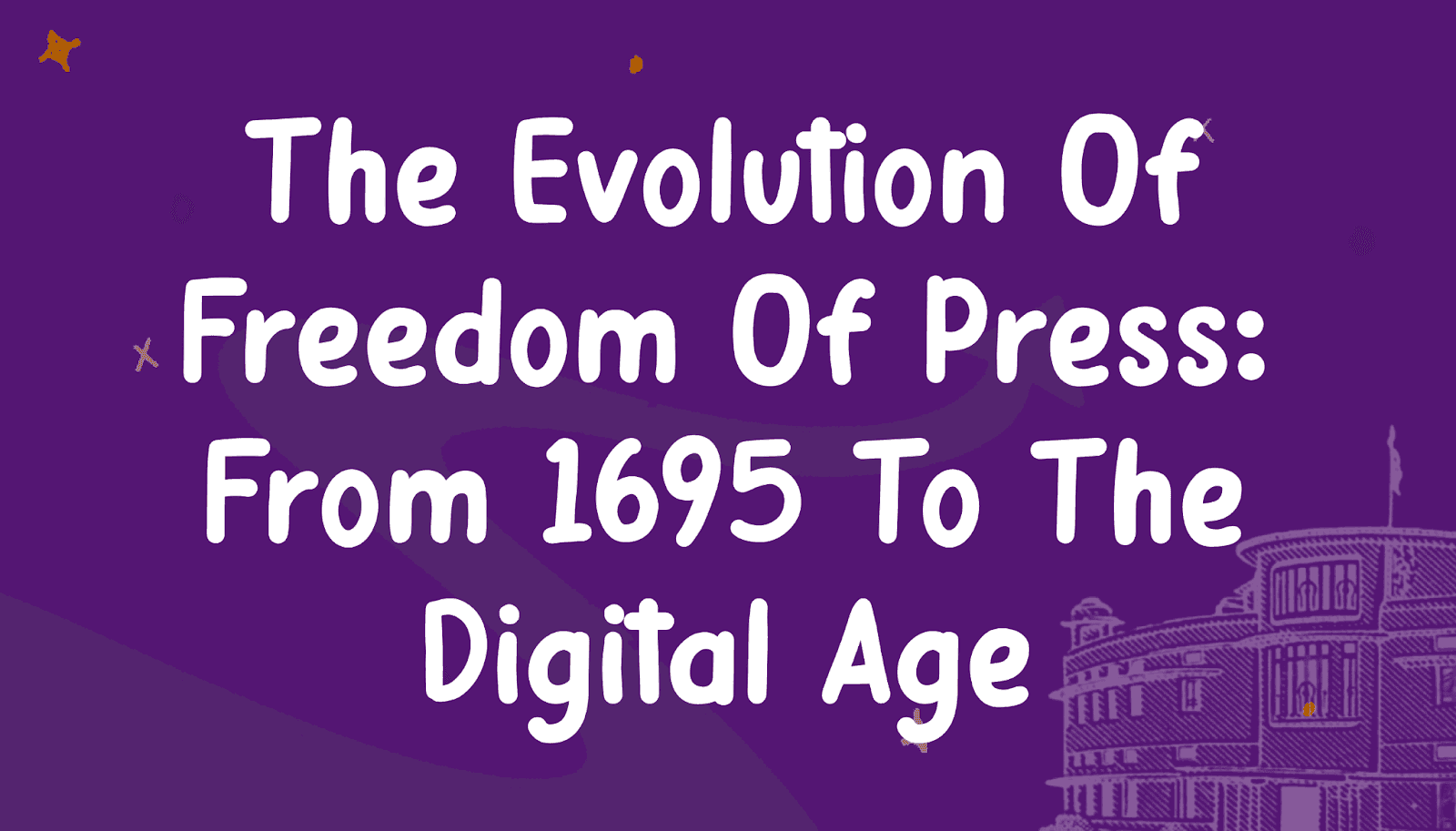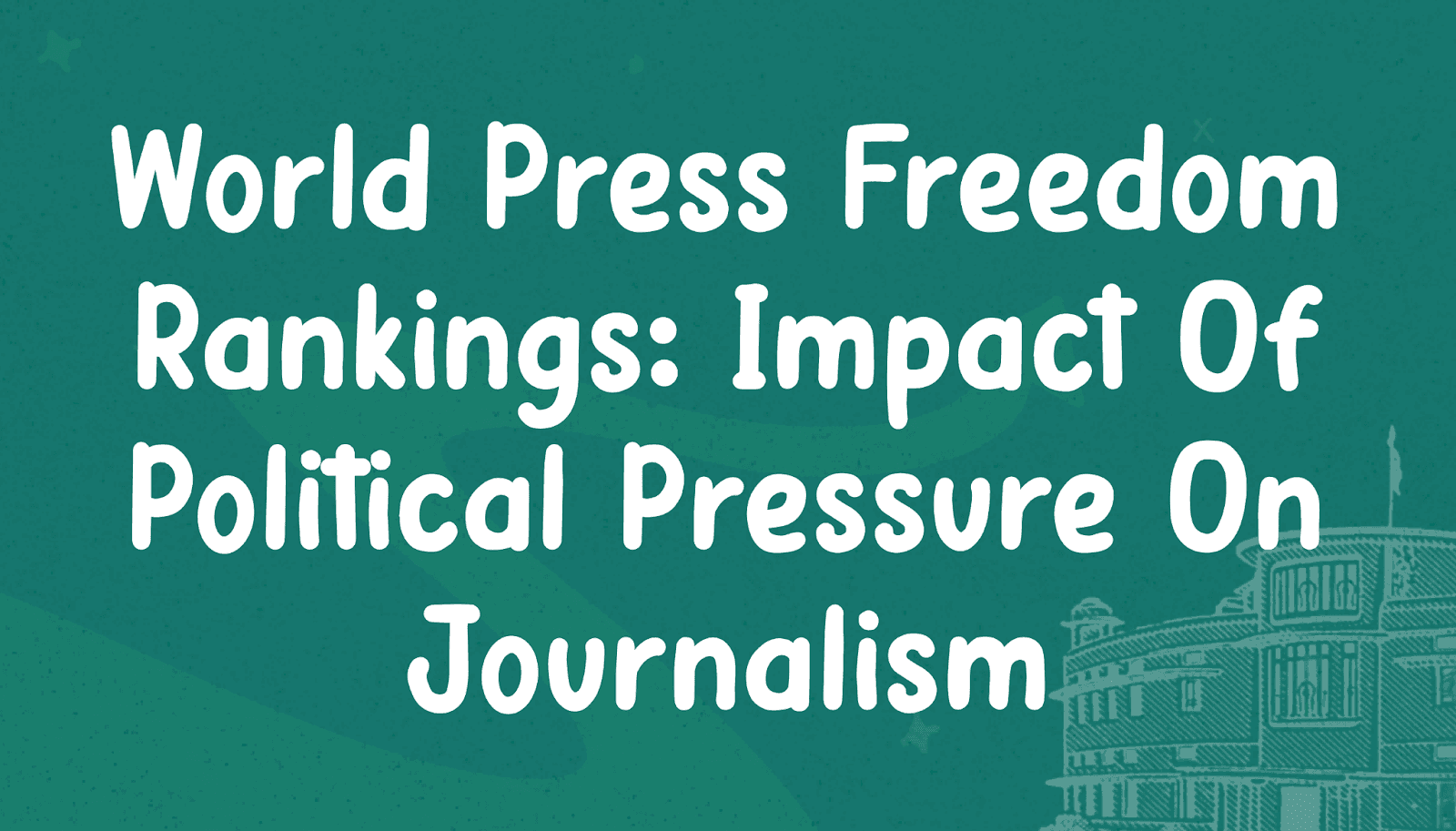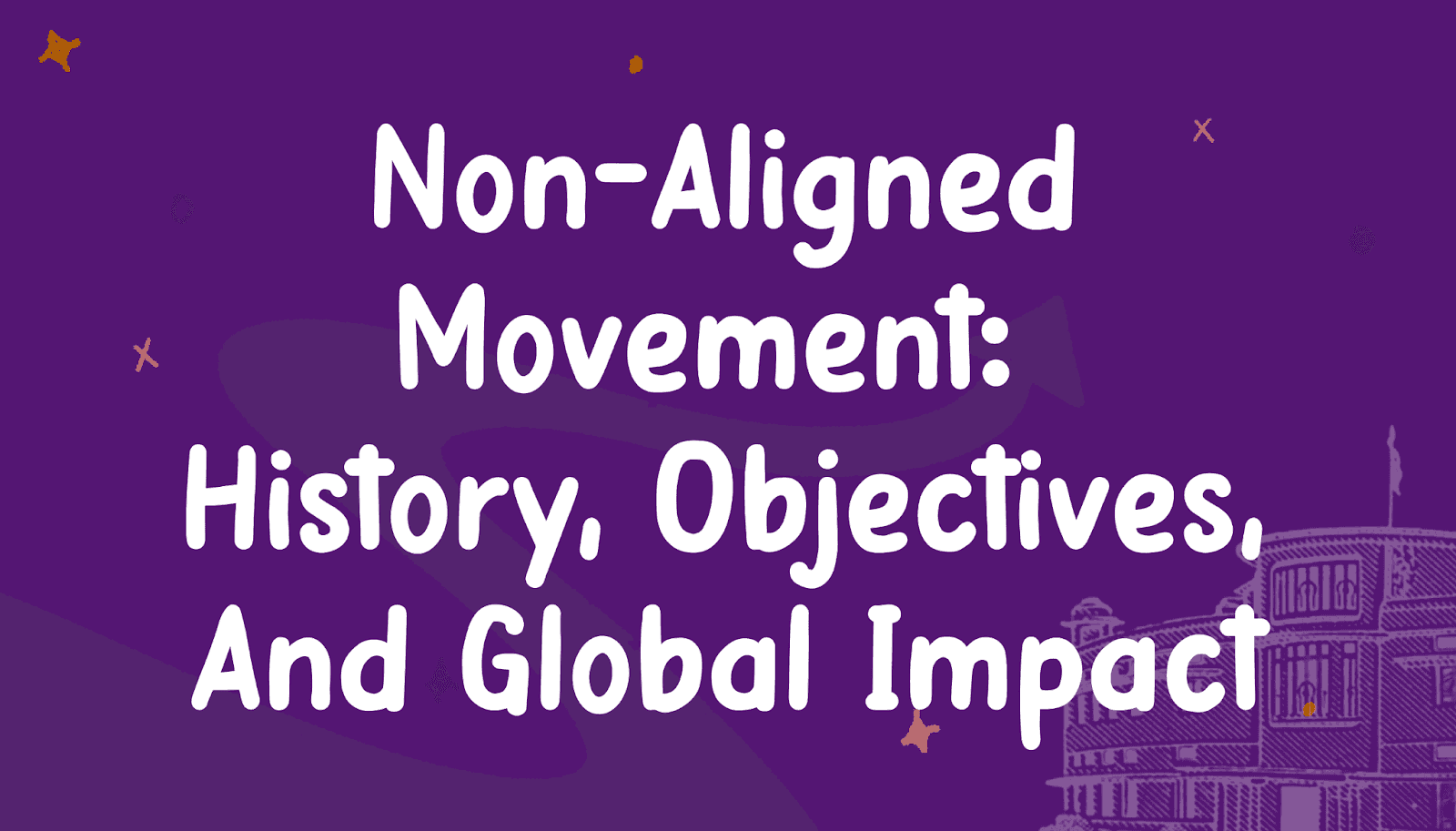Writing Ethics Case Studies for UPSC Mains GS Paper 4
Feb, 2025
•8 min read
"Ethics is knowing the difference between what you have a right to do and what is right to do."
– Potter Stewart
When it comes to UPSC's GS Paper 4, this distinction becomes pivotal. How would you handle a tricky ethical dilemma in a high-stakes situation?
The UPSC's GS Paper 4 is all about navigating these grey areas, where the 'right' answer isn't always clear-cut, where you have to make tough calls, and justifying your choices. Yes, we’re talking about clarity, logic, and a sprinkle of empathy.
So, knowing how to write a case study for UPSC can make a big difference in your performance. Let’s go step by step, from understanding the problem to crafting a solution that would make even your toughest examiner nod in approval!
Understanding the Structure of UPSC GS Paper IV
Understanding the structure of GS Paper IV is key to success in UPSC Mains. This paper, focused on ethics, integrity, and aptitude, has twelve compulsory questions, which are crucial for learning how to write a case study for UPSC.
Question Format and Marks:
- Number of Questions: There are twelve questions divided into two sections.
- Mark Distribution: Questions are worth either 10 or 20 marks. For 10-mark questions, write within 150 words. For 20-mark questions, aim for 250 words.
- Total Marks: The paper totals 250 marks.
Types of Questions:
- Conceptual Questions: These test your understanding of ethical issues, integrity, and aptitude, making up 125 marks.
- Case Studies: These test your ability to apply ethical concepts to real-life scenarios, also worth 125 marks.
Knowing this structure helps you prepare effectively for both the theoretical and practical parts of the exam.
Now that we've grasped the framework, let's dive into one of the most intriguing sections: the case studies.
Introduction to GS Paper IV - Case Studies for UPSC
UPSC Mains GS Paper 4 is all about testing your ethical compass. Case studies are the real deal here. They’re not just academic exercises; they’re a peek into how you’d handle the pressure of real-life administrative challenges.
Let’s take a look at the essence of this paper:
- Ethics and Human Interface: This is about understanding what's right and wrong, how it affects people, and the tricky balance between personal and professional life.
- Attitude: Your mindset matters. This part checks if you're the right fit for public service.
- Aptitude and Values: This section checks if you're good at solving problems, making fair calls, and sticking to what’s right.
Why is this paper important?
- Real-life practice: You learn to use what you've studied in real situations.
- Problem-solving skills: Facing tough choices makes you a better problem solver.
- Effective Administration: Understanding ethics makes you a fairer and more effective administrator.
So, we can establish that case studies are the heart of this paper. But what is the UPSC trying to unveil here?
Well, the case studies for UPSC are used to assess whether you can:
- Figure out what's the right thing to do.
- Manage people and resources wisely.
- Make tough choices fairly.
Great, now that we've nailed down what the UPSC is looking for, let's break down how to actually ace and master how to write a case study for UPSC.
Crafting Your UPSC Case Study Response

When you’re figuring out how to write a case study for UPSC, a clear framework makes all the difference. This approach helps you address every important part of the case systematically.
Here’s a breakdown of the key elements to include in your answers when writing case studies for UPSC:
Understanding the Core Issue
The first step to writing a great case study answer is figuring out what the question is really about. Don't get lost in the details.
- Capture the Essence: Start by briefly summarizing the main problem. This keeps you focused on what’s most important.
- Describe Clearly: Break down the core dilemma in simple terms. Make sure you highlight the main conflict or ethical challenge.
- Example: Think about a situation like development versus the environment. This example shows how to weigh competing interests effectively.
Identifying Stakeholders
Once you've nailed down the core issue, it's time to identify who's involved.
- List Affected Parties: Everyone affected by the situation is a stakeholder. This could be anyone from employees and government officials to local communities and even the environment itself.
For instance, in a dam project, stakeholders could include the local population, farmers, environmental activists, the construction company, the government, and even people living downstream.
- Analyze Their Interests: Understand what each stakeholder wants. What are their interests, concerns, and potential gains or losses? This analysis helps you see the situation from different angles and anticipate potential conflicts.
Ethical Issues and Dilemmas
When you’re figuring out how to write a case study for UPSC, start by spotting the ethical issues. This helps you get to the heart of the problem and make balanced choices. Here’s how to do it:
- Identify the ethical dilemmas: These are situations where your values clash, like choosing between personal benefits and the greater good. Recognizing these conflicts is key to addressing the core issues.
- Describe these dilemmas with clear examples: For instance, in a whistleblowing case, you might face a choice between 'Personal Loss vs. Public Interest' or 'Organizational Loyalty vs. Public Interest.' Using specific examples will show how you handle these tough choices.
Brainstorming Your Options
Once you've pinpointed the problem and the ethical dilemmas, it's time to think about your options. List out 3-4 possible actions and weigh their pros and cons.
For example, if you're dealing with a corruption case in a government department, your options might be:
- Report the matter to higher authorities: This is the most straightforward approach, but it might lead to retaliation or a cover-up.
- Gather evidence discreetly and approach an anti-corruption agency: This could be more effective, but it requires careful planning and could be risky.
- Confront the corrupt official directly: This might resolve the issue quickly, but it could also escalate the situation.
- Ignore the issue: While tempting, this is clearly unethical and could have long-term consequences.
Deciding the Course of Action
Now comes the vital part: choosing the best course of action. Pick the option that strikes the best balance between ethics and practicality, which is important for learning how to write a case study for UPSC.
- Pick the Best Option: Choose the most balanced and ethical choice that works in real life.
- Explain Your Decision: Use quotes and examples to back up why you chose this option. Show you’ve thought it through.
- Keep It Practical and Legal: Make sure your choice is practical and follows current rules.
Articulation and Detailing in Your Response
When it comes to case studies in UPSC, it’s super important to explain your plan clearly. Don't just say what you'll do; show how you'll do it. Be simple and easy to understand.
- Outline Your Steps: Clearly describe each step you’ll take in your chosen course of action. This helps make your plan easy to follow and understand.
- Use First-Person Perspective: Write from your own point of view. This makes your response more personal and shows your thought process.
- Include Quotes and Terms: Use relevant quotes and key terms to back up your arguments. This adds credibility and shows you know your stuff.
Remember, the goal is to convince the examiners that your plan is practical, effective, and ethically sound.
Also watch: Perfect Strategy for Mains Answer Writing | A Complete Guide | SuperKalam
Time Management and Practice
When figuring out how to write a case study for UPSC, time management is crucial. Here’s a simple approach:
- Set a Time Limit: Dedicate around 90 minutes for case studies during your practice sessions. This helps you get used to the exam's time limits.
- Practice Regularly: Keep writing case studies using past papers and mock tests. It’s a great way to get familiar with the format and improve your skills.
Also worth reading: How To Begin Daily Writing Practice For UPSC Mains Answers
- Review and Get Feedback: After practicing, review your answers and ask for feedback. This helps you identify what needs improvement and refine your technique.
Need fast, expert feedback on your answers?
SuperKalam’s 1-minute Mains Answer Evaluation has you covered.
Share your handwritten answers, get detailed feedback and a model answer quickly.
Ready to see how all these steps come together in a real case study example? Let’s break it down.
Mastering Case Studies for UPSC: A Practical Example
Q. What does each of the following quotations mean to you?
(a) “Ethics is knowing the difference between what you have the right to do and what is right to do. “- Potter Stewart
(b) “If a country is to be corruption-free and become a nation of beautiful minds, I strongly feel that there are three key societal members who can make a difference. They are father, mother and teacher.”- APJ Abdul Kalam
GS Paper 4 (2022)
Analyzing the Quotation
a) “Ethics is knowing the difference between what you have the right to do and what is right to do.” - Potter Stewart
- Meaning: Know the difference between what’s legal and what’s moral. It’s not enough to just follow the law; you must do what’s right.
- Application: Use this in case studies to highlight that the ethical choice can differ from the legal one. Discuss situations where doing the right thing exceeds legal requirements.
(b) “If a country is to be corruption-free and become a nation of beautiful minds, I strongly feel that there are three key societal members who can make a difference. They are father, mother, and teacher.” - APJ Abdul Kalam
- Meaning: Parents and teachers are crucial in shaping ethical behavior, building a corruption-free society through strong moral values.
- Application: In case studies, consider how upbringing and education influence decisions. Show how early moral guidance impacts responses to ethical challenges.
Example of Case Study Analysis
Let's apply these quotes to a case study:
Case Study: You discover corruption in your department. You have to decide between reporting it, which could risk your career, or staying silent to protect yourself.
Step-by-Step Approach:
1. Understanding the Core Issue: The dilemma is reporting corruption vs. personal career safety.
2. Identifying Stakeholders: List everyone involved – you, your family, colleagues, the public, and government integrity.
3. Ethical Issues and Dilemmas:
- Personal Loss vs. Public Interest: Reporting might hurt your career but benefits the public by ensuring ethical governance.
- Organizational Loyalty vs. Public Interest: Staying silent protects colleagues but harms public trust.
4. Brainstorming Options:
- Report the corruption to higher authorities.
- Gather evidence discreetly and go to an anti-corruption agency.
- Confront the corrupt officials directly.
- Ignore the issue.
5. Deciding the Course of Action:
- Chosen Option: Report to an anti-corruption agency.
- Rationale: This meets the ethical duty to serve the public interest, despite personal risk. It follows the values from both Potter Stewart and APJ Abdul Kalam – doing what’s morally right and fighting corruption.
6. Articulation and Detailing:
- Outline steps: Collect evidence, seek legal advice, report to the agency, and ensure personal safety.
- Use first-person perspective: "I would collect evidence, seek legal advice, and report to ensure my safety and solidify the case."
- Include relevant quotes: "As Potter Stewart said, ‘Ethics is knowing the difference between what you have the right to do and what is right to do.’”
Also read: Strategy for Evaluating Your Own UPSC Mains Answers Daily
With our approach in mind, let’s wrap up with some essential readings that can help you nail how to write a case study for UPSC.
Essential Books for UPSC GS Paper 4 Case Studies

So, you've got the framework, now let's talk books! Good books can be your best friends when tackling case studies for UPSC. They offer insights, examples, and different perspectives.
Here are some of the top picks to get you started:
|
Book Title |
Author |
|
Ethics, Integrity and Aptitude for Civil Services Exams |
Subba Rao and P.N. Roy Chowdhury |
|
Lexicon for Ethics, Integrity & Aptitude |
Niraj Kumar |
|
Ethics in Governance: Innovations, Issues and Instrumentalities |
Ramesh K Arora |
|
Challenges to Internal Security of India |
Ashok Kumar, Vipul |
|
The Quest for Ethical Leadership in Business |
Sharad Kumar |
|
Ethics, Integrity, and Aptitude: General Studies Paper IV |
M. Karthikeyan |
|
Ethics, Integrity, and Aptitude |
Santosh Ajmera & Nanda Kishore Reddy |
|
Ethics and Human Interface |
G. Subba Rao |
Looking for a game-changing study resource?
Join 25,000+ aspirants on SuperKalam’s Telegram channel!
Access handwritten notes, mind-maps, and daily practice targets to boost your preparation for how to write a case study for UPSC!
Let's wrap things up with a quick conclusion.
Conclusion
So there you have it! The key to acing UPSC case studies is all about action. Don't just theorize. Show the examiners how you'd tackle real-world problems with practical, ethical solutions.
Remember, strong ethical decision-making is the foundation for a successful career in public service. By knowing how to write a case study for UPSC, you'll demonstrate your potential to be a fair, effective, and ethical leader.
So, are you ready to write winning case study responses? SuperKalam is your personal mentor, providing expert guidance and resources to help you excel in every aspect of the exam!
Let us help you reach your UPSC goals!
You might also like: Tips to Clear UPSC Exam in First Attempt


